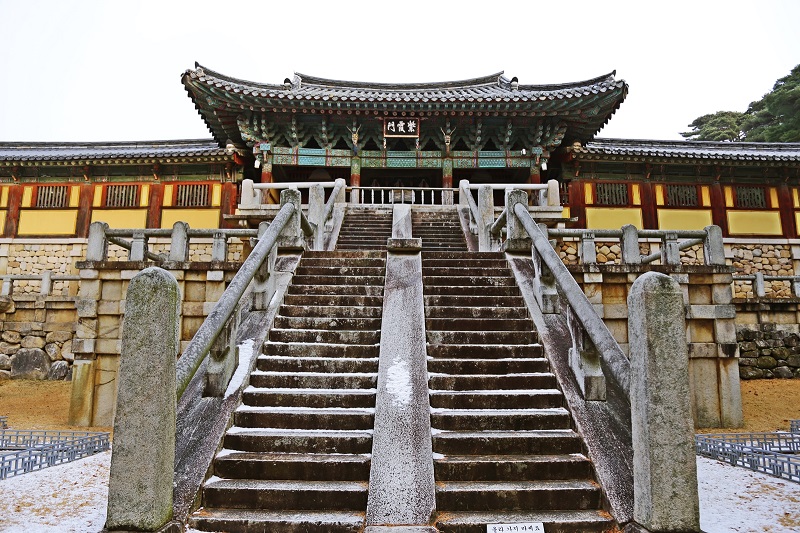The ancient capital of Gyeongju, where the essence of the Korean Silla dynasty is preserved
Gyeongju is known as a city of history and culture, located in the Southeast of Korea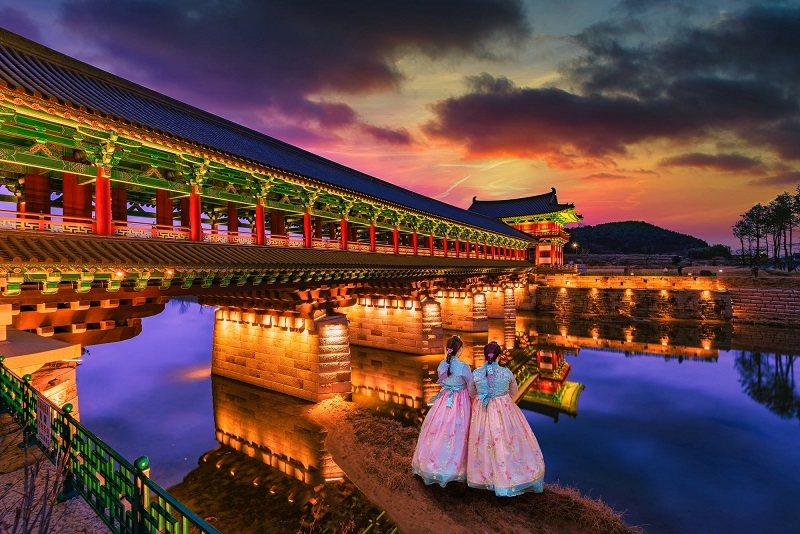
Capital of the ancient Silla kingdom – Gyeongju
Besides big cities like Seoul and Busan with tall buildings and bright electric lights, Korea also has Gyeongju with a different ancient look. The capital of the ancient kingdom of Silla was also home to some Far Eastern Buddhist art. Gyeongju city is located north of Gyeongsang, near the southeastern coast of the Korean mainland.
In November 2000, Gyeongju Historic Site was recognized as a UNESCO World Cultural Heritage Site. The city is also known by the familiar name "museum without walls", this is also one of the top Korean tourist destinations for those who are passionate about history in general and the cultural heritage of the dynasty. Silla Dynasty and the architecture of the Joseon Dynasty in particular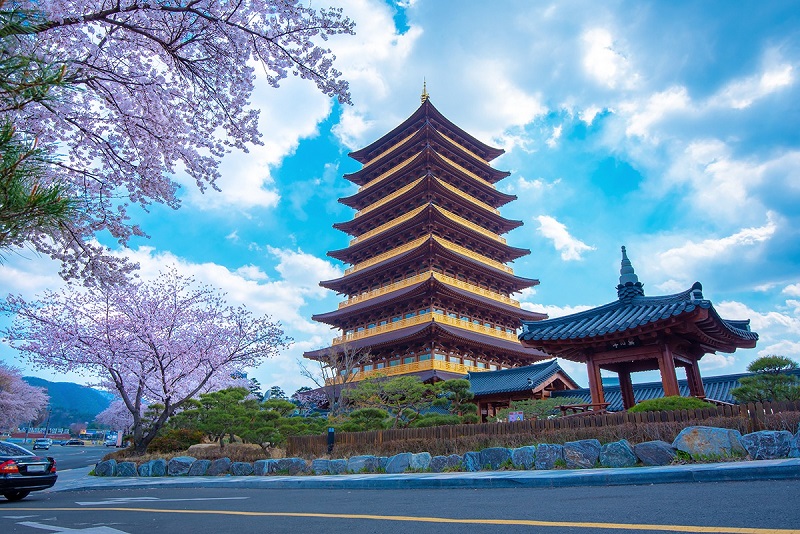 In the 7th century, Mahayana Buddhism was spread from China to Korea. Currently, visitors can still admire the temples and sculptures dedicated to Buddhism here. During the Joseon Dynasty, Buddhists were driven into the mountains and beautiful sculptures had their arms and heads chopped off by Neo-Confucian extremists. When hiking, if you see a sculpture with its head missing, you can look around to find it.
In the 7th century, Mahayana Buddhism was spread from China to Korea. Currently, visitors can still admire the temples and sculptures dedicated to Buddhism here. During the Joseon Dynasty, Buddhists were driven into the mountains and beautiful sculptures had their arms and heads chopped off by Neo-Confucian extremists. When hiking, if you see a sculpture with its head missing, you can look around to find it.
Top places to visit in Gyeongju
.1 Daereungwon Tomb Complex
The tombs in the complex were built during the Silla period and are the resting places of kings and nobles in the kingdom. In the Cheonmachong mausoleum, there is the only painting discovered from the Silla period and relics showing the king's lavish lifestyle. Hwangnamdaechong Mausoleum is the queen's tomb with many elaborate and beautiful accessories.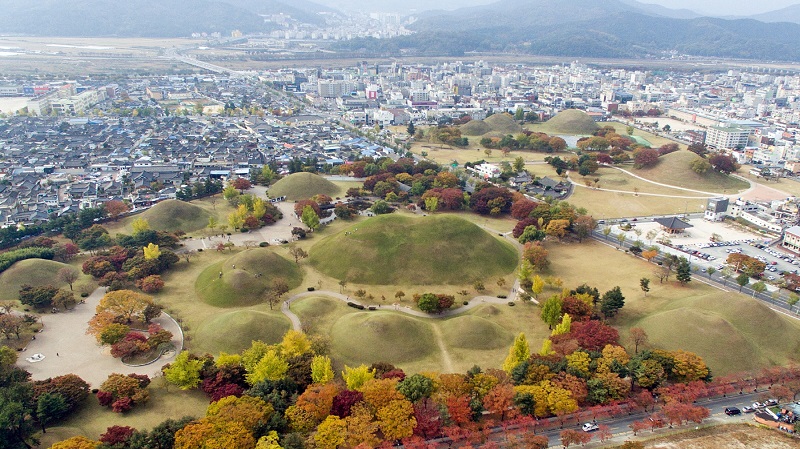
2 Cheomseongdae Observatory
Cheomseongdae Observatory is located not far from the Daereungwon Tomb complex, built during the reign of Queen Silla Seondeok from 632 to 647. This is also the oldest astronomical observatory in East Asia, with a diameter 5.17 meters and 9 meters high, built with 365 stones symbolizing the number of days in the year. The 12 stones that make up the base also symbolize the number of months. MIA.vn tells you that if you come at night, you will see images of the observatory lit up in many different colors.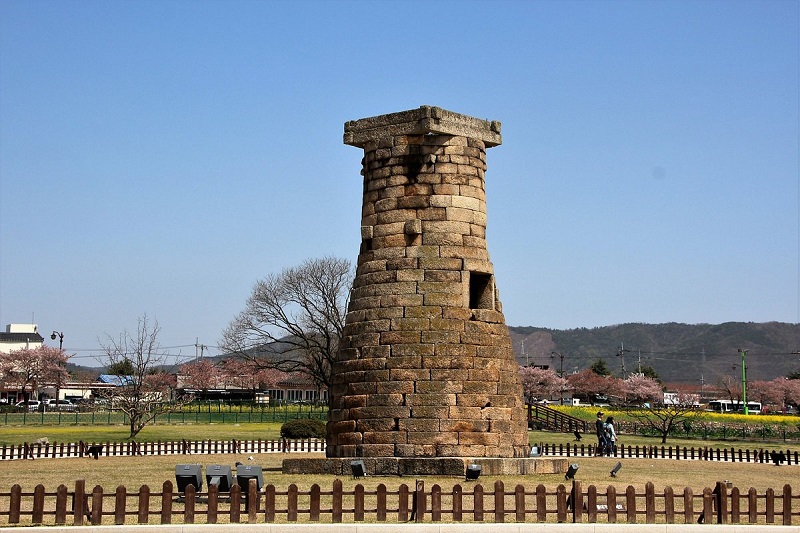
3 Woljeonggyo Bridge
Coming to Woljeonggyo Bridge, Gyeongju tourists will admire the largest wooden bridge in Korea connecting Donggung Palace and Namsan Mountain. The bridge was built during the Silla period and was destroyed by war, but was then restored in 2018. If you are a fan of Korean dramas, you have probably seen this bridge appear in the series. movie "The King: Eternal Monarch" starring Lee Min Hoo and Kim Goo Eun.
4 Gyochon Traditional Village
The traditional village of Gyochon is where Korea's first state academy, Gukhak, was founded in 682 under the rule of King Silla Sinmun. During the Goryeo period from 918 to 1392, the academy was inherited by Hyanghak and then became Hyanggyo during the Joseon period from 1392 to 1910. The village name also changed from Gyodong to Gyochon to Gyori.
The village was also once home to a royal palace famous for the love story between Princess Yoseok and the great monk Silla Wonhyo. Today, when you come to Gyochon traditional village, you will learn about the life of the Choe family. In the village, visitors to Gyeongju can also visit restaurants specializing in traditional cuisine or attend glassmaking classes, pottery workshops or learn tea ceremonies.
5 Donggung Palace and Wolji Pond
Donggung Palace was all that remained from the huge palace complex of the Silla Kingdom after the palace burned down in 935. Considered a secondary palace after the main palace, it was used by the crown prince. . After archaeological excavations in the early 20th century, the palace was rediscovered, containing 26 buildings in total but only 3 were rebuilt. Although there isn't much to see here, there is a nice pond and some important monuments. This lake is also especially beautiful at night, remember to visit if you have the opportunity to visit Gyeongju.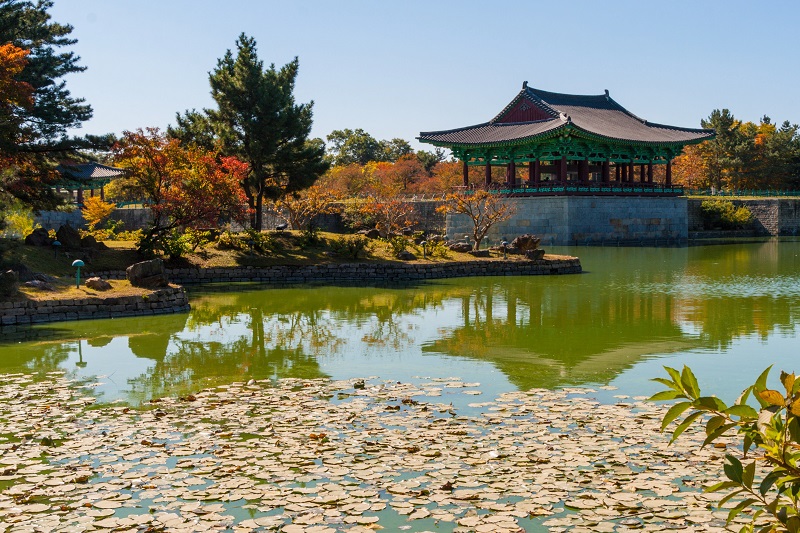
6 Bulguksa Temple and Seokguram Cave
The Bulguksa Temple Complex including Bulguksa Temple and Seokguram Cave has been recognized as a UNESCO World Heritage Site for being “a masterpiece of Buddhist art in the Far East”. It can be said that Seokguram Cave is a national treasure founded in the 9th century and has a giant Buddha statue overlooking the sea, left hand in dhyana mudra (concentration) position, and right hand in bhumisparsha position. mudra (touching the ground).